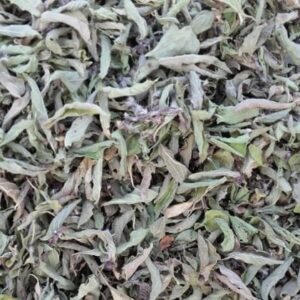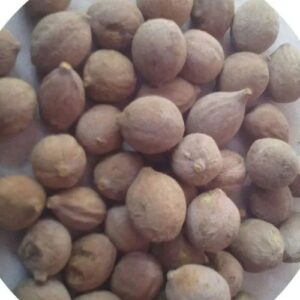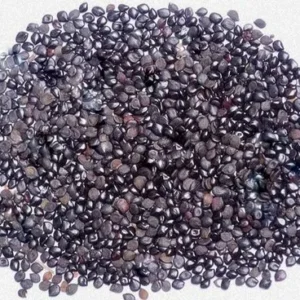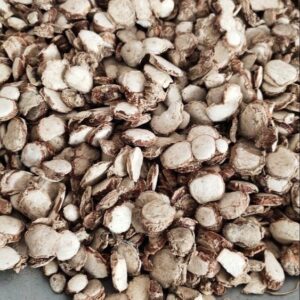Description
Common Names:
- Rosemary
Botanical Classification:
- Family: Lamiaceae
- Genus: Rosmarinus
- Species: R. officinalis
Description: Rosemary is a fragrant evergreen herb native to the Mediterranean region. It is known for its needle-like leaves and distinctive aromatic scent. The plant produces small, blue or purple flowers and is commonly used both in culinary and medicinal applications.
Forms:
- Fresh Rosemary: Used in cooking for its fresh, aromatic flavor.
- Dried Rosemary: Often used as a spice or in seasoning blends.
- Rosemary Powder: Ground form of dried rosemary used in recipes and supplements.
- Rosemary Extract: Concentrated form used in supplements, cosmetics, and flavorings.
Nutritional Benefits:
- Rich in Antioxidants: Contains compounds like rosmarinic acid and carnosic acid that have antioxidant properties.
- Provides Essential Oils: Includes beneficial oils such as cineole and camphor.
- Contains Vitamins and Minerals: Provides vitamins A, C, and B6, as well as calcium, iron, and magnesium.
Health Benefits:
- Antioxidant Properties: Helps protect cells from oxidative damage due to its high antioxidant content.
- Supports Digestion: Can aid in digestion and alleviate symptoms of indigestion.
- Enhances Memory: May improve cognitive function and memory due to its neuroprotective compounds.
- Anti-inflammatory: Contains compounds that help reduce inflammation in the body.
- Supports Hair and Skin Health: Often used in cosmetic products for its potential benefits to skin and hair.
Culinary Uses:
- Flavoring: Commonly used in Mediterranean cuisine to flavor meats, vegetables, and soups.
- Seasoning: Adds a robust and aromatic flavor to various dishes.
- Infusions: Used to make rosemary-infused oils and vinegars.
Traditional Uses:
- In Herbal Medicine: Rosemary has been used traditionally to support digestion, relieve muscle pain, and improve cognitive function.
- In Aromatherapy: Used for its soothing and stimulating properties.







